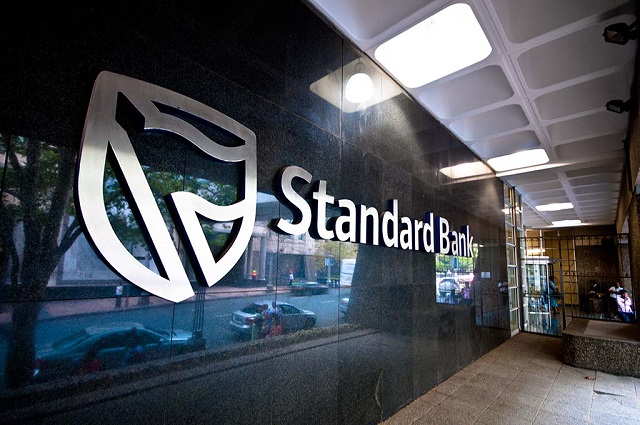Early tobacco harvesting, curing begins

Oliver Kazunga, Senior Business Reporter
HARVESTING and curing of the early planted irrigated tobacco crop across the country has started in earnest ahead of the 2022 marketing season that is set to begin soon, an official said yesterday.
In an interview, Tobacco Industry and Marketing Board (TIMB) chairman Mr Patrick Devenish said the rain-fed crop was planted in January due to the late onset of rains this summer cropping season.
“For the irrigated crop, farmers have started reaping while the small-holder crop was planted in January at the onset of the rainy season. Since then, the crop is looking good following the good rains that were received in January,” he said.
“Now there is a dry spell, which is still good for both the irrigated and rain-fed crop and early estimates indicate that 210 million kilogrammes of tobacco will be produced this year.”
A total of 210 million kgs of the golden leaf were delivered at the auction floors in the last marketing season generating the country close to US$1 billion.
Tobacco is one of Zimbabwe’s foreign currency earners that has also been pivotal in providing liquidity in the economy since February 2009 when the country adopted a multi-currency system.
The country exports its flue-cured tobacco to over 60 nations around the world with China, the United Arab Emirates, South Africa, and Indonesia being the major consumers of the golden leaf from the country.
As part of boosting production, the Reserve Bank of Zimbabwe (RBZ) Governor Dr John Mangudya in the 2022 monetary policy statement announced that tobacco and cotton farmers would now return 75 percent of the proceeds of their crops in hard currency.
Previously, farmers in the tobacco sector were retaining 60 percent of the proceeds from the crop in hard currency while those in the cotton industry retained 30 percent.
In the monetary policy statement presented last week, Dr Mangudya also increased the retention threshold for those in horticulture and cross border transporters to 100 percent up from 80 percent.
-@KazungaOliver












Comments